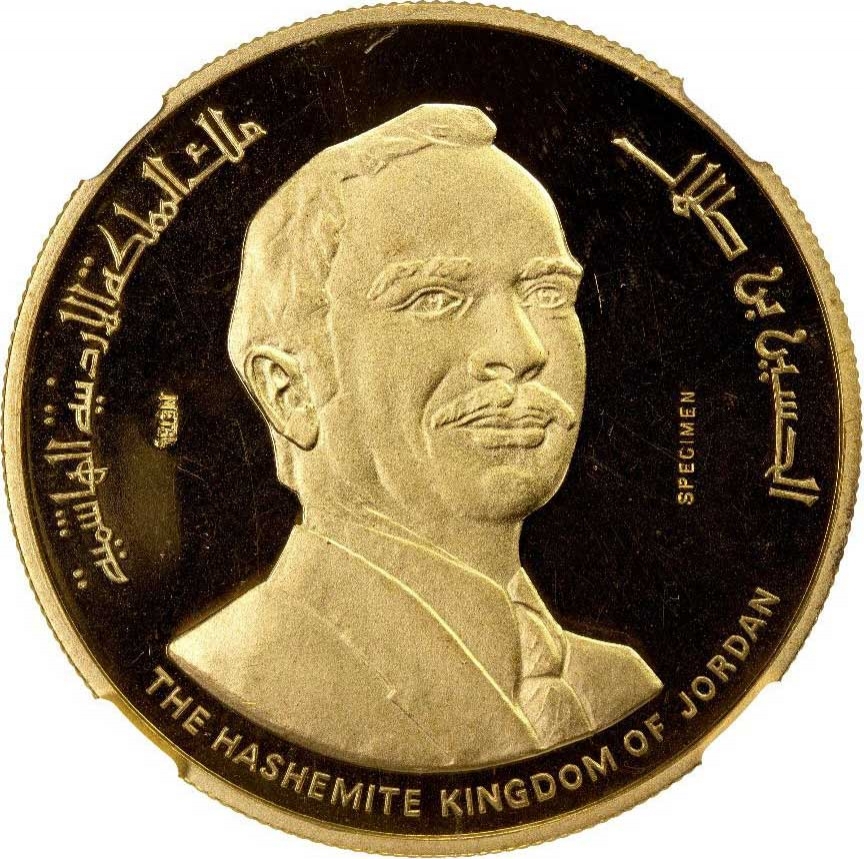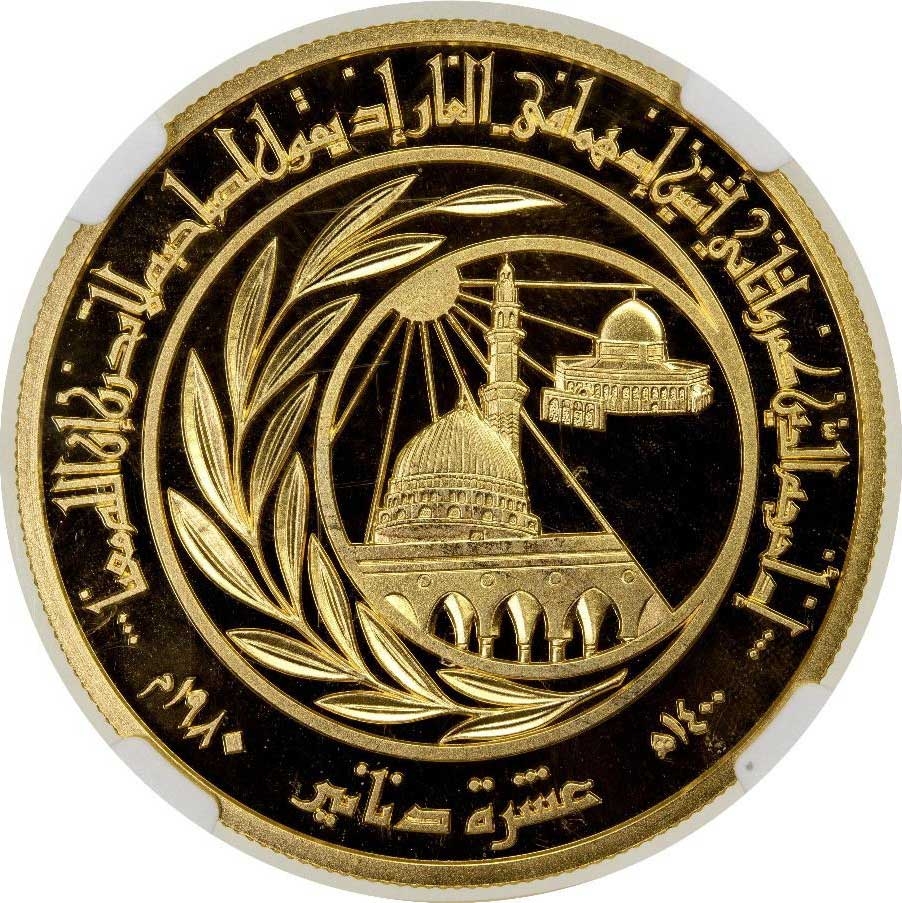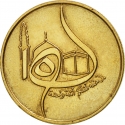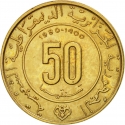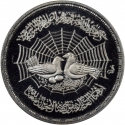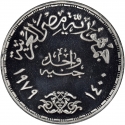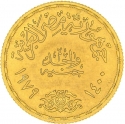You are about to finish your registration. Please check your mailbox (including spam folder). There should be a letter with a confirmation link. Check setting to make sure that your e-mail address is correct.
Send letter againDescription
The Hijri calendar also known as the Lunar Hijri calendar and (in English) as the Islamic, Muslim or Arabic calendar, is a lunar calendar consisting of 12 lunar months in a year of 354 or 355 days. It is used to determine the proper days of Islamic holidays and rituals, such as the annual period of fasting and the proper time for the Hajj. In almost all countries where the predominant religion is Islam, the civil calendar is the Gregorian calendar, with Syriac month-names used in the Levant and Mesopotamia (Iraq, Syria, Jordan, Lebanon and Palestine) but the religious calendar is the Hijri one.
This calendar enumerates the Hijri era, whose epoch was established as the Islamic New Year in 622 CE. During that year, Muhammad and his followers migrated from Mecca to Medina and established the first Muslim community (ummah), an event commemorated as the Hijrah. In the West, dates in this era are usually denoted AH (Latin: Anno Hegirae, "in the year of the Hijrah"). In Muslim countries, it is also sometimes denoted as H from its Arabic form (سَنَة هِجْرِيَّة, abbreviated ھ). In English, years prior to the Hijra are denoted as BH ("Before the Hijra").
Obverse

|
Bust of Hussein bin Talal three-quarter right surrounded by the texts "Hussein bin Talal" and "King of the Hashemite Kingdom of Jordan" with SPECIMEN METAL stamped. الحسين بن طلال |
|---|---|
Reverse

|
Depicts the logo of the 1400th-anniversary celebration with the Prophet's Mosque (dome and minaret) in Medina in front of Dom of the Rock Mosque and radiant sun behind within a circle surrounded by half olive branch within a circle with the 40th verse of chapter 9 from the Holy Quran "for Allah did indeed help him when the disbelievers drove him out, the second of two, when they (Muhammad SAW and Abu Bakr) were in the cave, and he (SAW) said to his companion (Abu Bakr): "Be not sad (or afraid), surely Allah is with us.", denomination in Arabic letters divided date in Hijri and Gregorian calendar year below. ···"إذ أخرجه الذين كفروا ثاني اثنين إذ هما في الغار إذ يقول لصاحبه لا تحزن إن الله معنا" ··· |
| Edge |
10 Dinars
Pattern off-metal
KM# PnA14 Schön# 44a
Characteristics
| Type | Trial strike |
| Material | Gold Plated Copper |
| Weight | 21.7 g |
| Diameter | - |
| Thickness | - |
| Shape |
|
| Alignment | Medal |
| Mint |
Swissmint
|
Related coins
1400th Anniversary of the Islamic Calendar (Hijra)
1400th Anniversary of the Islamic Calendar (Hijra)
